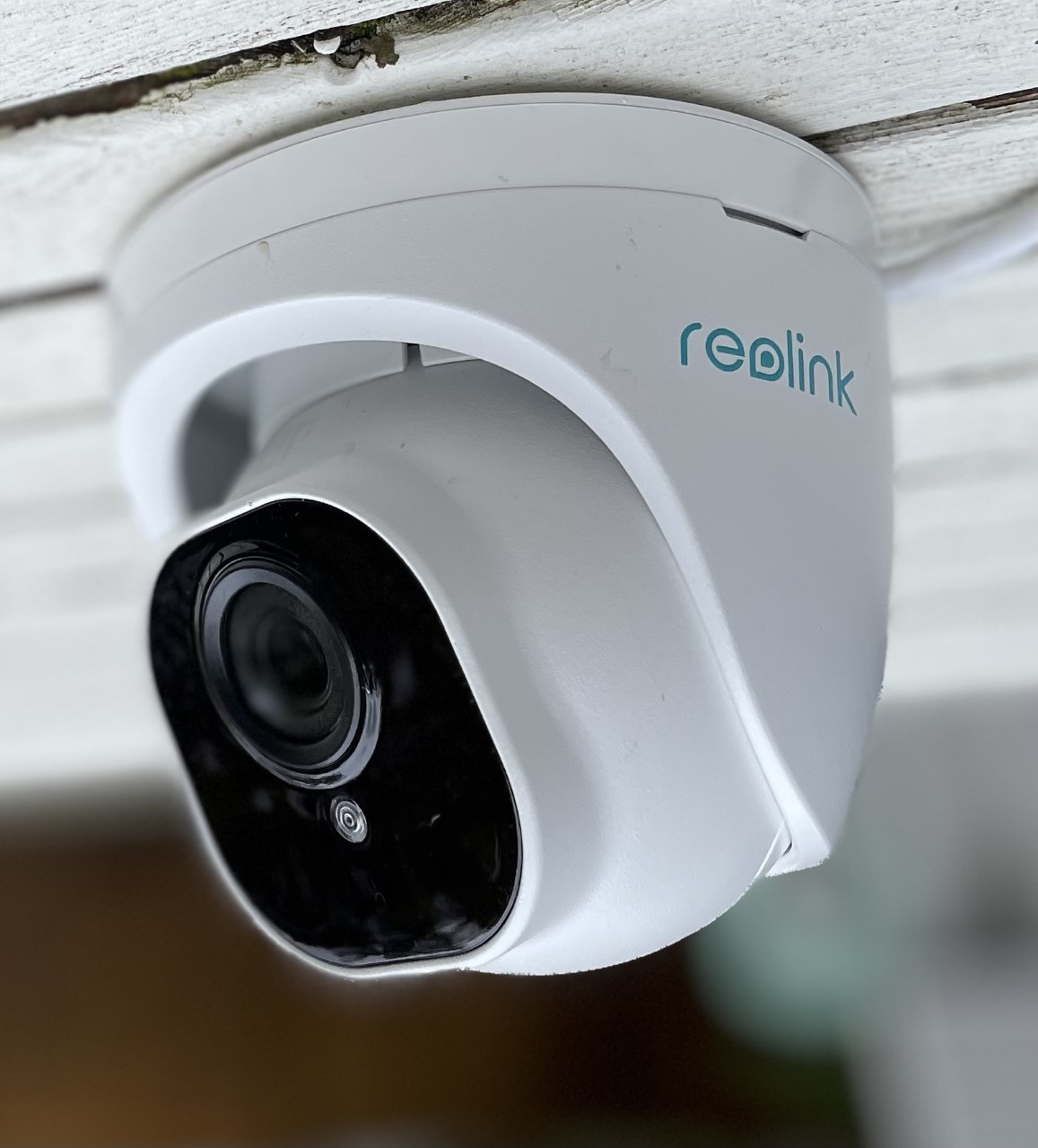SPECIAL NOTE: Currently, both of the projects noted below are in the DePIN graveyard, after shuttering their operations.
Have you ever noticed those black tubes lying across the road that you drive over? Those are pneumatic tubes used for traffic counting and other data. But in today’s digital age, traditional methods of data collection are becoming outdated. That’s where the Decentralized Public Infrastructure Networks (DePIN) projects 2Blox and Elumicate come in.

Image: Z22, CC BY-SA 4.0, via Wikimedia Commons
From Elumicate’s website:
Introducing the Elumicate Smart Vision Network – a revolutionary platform that captures and delivers real-time data to educate and inform 3rd parties of real-world activities and events, both in historical and real time. Unlike traditional networks, the Elumicate Smart Vision Network is owned and governed by all of its participants, yet owned by no single entity. By utilizing advanced technologies, the network captures real-world events and transforms them into easily accessible digital data. To encourage and reward participants for their efforts, the Elumicate Smart Vision Network employs a token model
From 2Blox’s website:
Traffic data in cities is a gold mine for many public and private actors to improve their decision-making processes based on data and more globally to improve citizens’ quality of life….2Blox aims to collect its data through its community. Everyone will be able to “monetize” the traffic in their street by simply installing a sensor that will analyze the type of users on the road and compile it all in order to aggregate it on an exchange platform. The project is composed of several elements: the sensors, the MOBI™ OS, a web application, the decentralized network and the data exchange place, 2blox Ex
One of the significant advantages of using mobility AI cameras over traditional methods is the ability to capture a wide range of data, including pedestrian and bicycle traffic, as well as vehicle traffic. Additionally, mobility AI cameras can provide real-time data, which is essential for making quick decisions that affect traffic flow and safety.
The use of mobility AI cameras for traffic monitoring and data collection is an innovative approach to traditional traffic counting methods. These cameras are equipped with advanced computer vision and machine learning algorithms that enable them to identify and track moving objects accurately. The cameras can differentiate between various types of vehicles, such as cars, trucks, and buses, based on their size, shape, and movement patterns. This information is then aggregated and analyzed to provide useful insights into traffic patterns, congestion, and other metrics.
Both projects use the DePIN model to deploy devices (cameras) to collect data on the movement of people, places, and things. By using sophisticated AI, they can identify each of these moving objects and aggregate the data for their customers.

These customers include cities/government organizations that need data for planning, determining traffic congestion, roadworks, safety, and more. Advertisers can use the data to determine who, when, and how many people would potentially view their ads. Retailers can use it to efficiently place traditional brick-and-mortar storefronts. Landlords, realtors, and developers can use the data to make informed decisions about property values and potential investments. Wildlife researchers can use it to track animal movements and population densities. Additionally, as autonomous vehicles become more common, mobility AI cameras could play a crucial role in managing traffic flow and ensuring safety on the roads. They could also be used to monitor the health of transportation infrastructure, such as bridges and tunnels.
The primary difference between the two projects lies in their approach towards project deployment. While 2blox is focusing on deploying their product based on sales and proposed projects, they already have a sensor available. On the other hand, Elumicate is taking a more general phased approach, allowing anyone interested to participate in testnet earning (with testnet earned tokens transferred to mainnet). At present, Elumicate is working closely with participants to onboard currently available devices, such as security cameras, webcams, and mobile devices. It remains to be seen if one approach is more successful than the other.

However, these types of projects also come with some concerns, such as privacy and security issues. Although both projects emphasize that no images are captured and saved, some people may still feel uncomfortable being monitored by cameras. Moreover, regulations such as GDPR may impact the full implementation of the project model. Other challenges may include placing cameras in strategic locations and protecting them from vandalism or theft.
It’s clear that there’s a multi-billion dollar market for mobility AI cameras and the data they collect. With projects like 2Blox and Elumicate leading the way, we can expect to see a revolution in the way we collect and analyze traffic data. This is real world utility at its best and the Burrito plans to continue to participate in both projects. Keep an eye out for a more in-depth project review once each project is further along in development and there is a Mainnet launch.
| Attribute | 2Blox | Elumicate |
|---|---|---|
| Blockchain | Algorand | IoTeX |
| Hardware | Current model for Beta: 2BX1 Real Time traffic sensor Specs here | A ‘miner’ camera device will be developed and sold |
| Company Headquarters | Belgium | Canada |
| Location on Roadmap | Recently opened beta with new hardware | Currently in Phase 2, using personal camera/device feeds |
